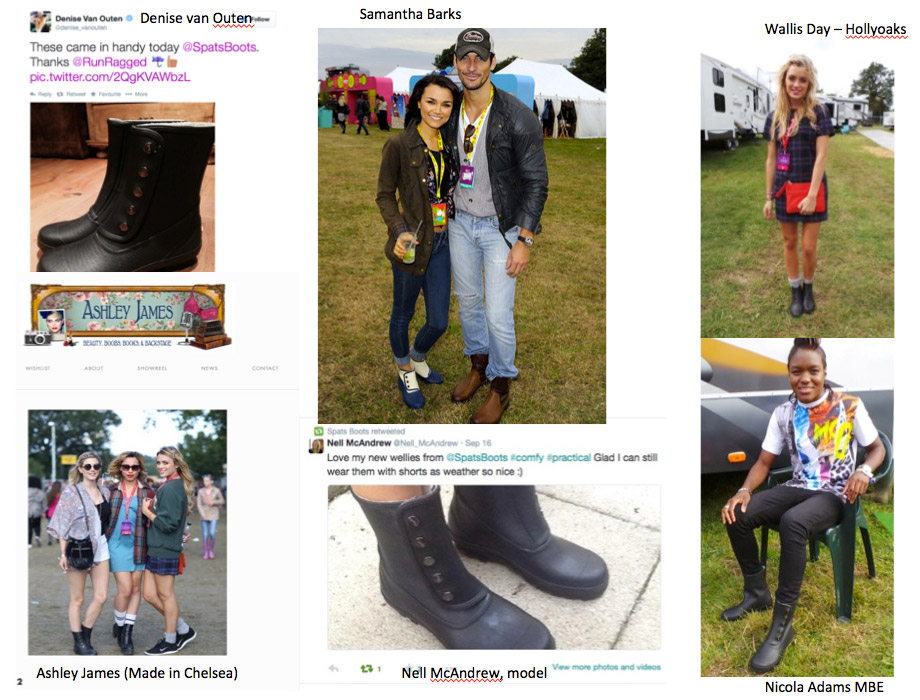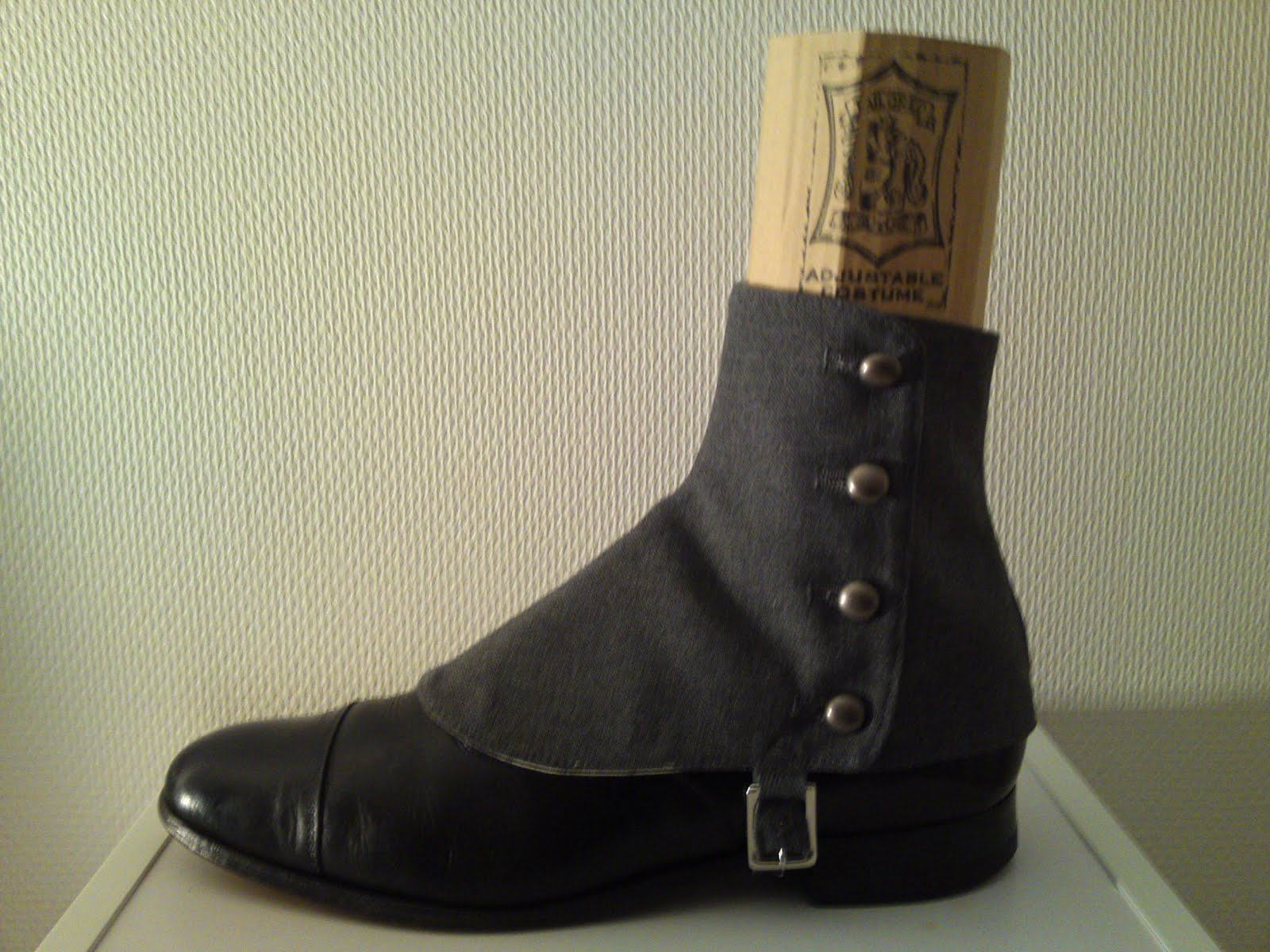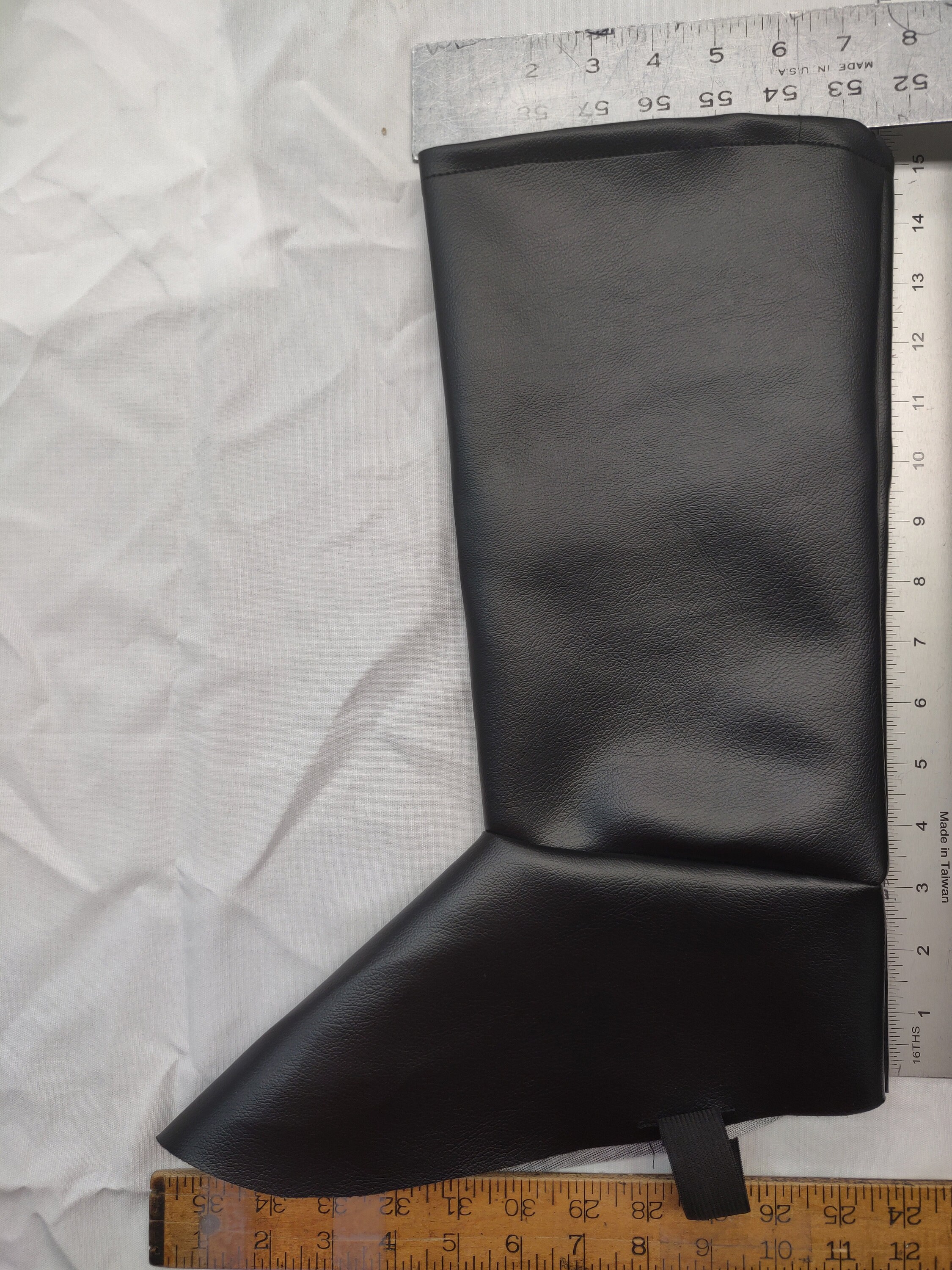

During the 1990s, however, spats made a brief comeback as designer fashion accessories for both women and men.
#Spats rubber boots movie
White or gray spats became almost as identified with the gangster as his machine gun, and many men copied the style of the gangsters and the movie stars who played gangsters.īy the mid-1940s spats had, for the most part, disappeared from the fashion scene, replaced by rubber galoshes, which did a much better job of keeping feet warm and dry. The clothes worn by gangsters influenced fashions in the United States and Europe from the 1920s through the 1940s. But the fact is plastic isnt as comfortable, breathable or even as durable as vulcanised natural rubber. 5,000 revellers descended on the canal at Spats hometown of Dalston, armed with rubber dinghies, paddling pools, giant ducks, paddles and blow-up mattresses - basically anything they thought floated. Theres a reason why PVC or plastics-based wellington boots are cheap: they are mass-produced by injection moulding. A RIOT Spats boots dipped a toe into the murky waters of native Dalston at Canalival last weekend. Gangsters were often wealthy and dressed in expensive, stylish, and flamboyant clothes. Spats heels are 1.8-2cm high and the tread is 0.5-0.7cm.

This caused a tremendous rise in the illegal manufacture and sale of alcohol, and the rise of the gangster, a member of a gang of criminals. In January 1920 a law was passed forbidding the sale of alcoholic beverages. Spats became a part of gangsters' wardrobes during the 1920s. Many men wore spats with a tailored vest, which became known as the Boulevard Style. A line of pearl buttons often fastened the spats at the side. The new spats were made in the era's fashionable colors, which had names like dove (gray) and biscuit (off-white), and were made of heavy canvas in the winter and linen in the summer. The wardrobe of the well-to-do male, giving a "boot look" to shoes. However, by 1910 shoes were back in style for men, and a kind of shortened spat became a required part of During the early part of the 1900s men wore them less frequently, as boots had come into fashion. Spatterdash, or spats, as they came to be called, remained popular for both men and women for several centuries. Gaiters were also called spatterdash because they protected their wearer from spatters and dashes of muddy water in the street. By the 1700s several European nations had made gaiters a part of their military uniform. They were worn by both women, whose dresses did little to protect shoes and stockings from mud and water splashes, and men, who at that time wore breeches, a type of pants, that ended just below the knee. Gaiters were leggings that covered the shoe and leg up to the knee. Spats originated in the seventeenth century as leather or cloth coverings called gaiters.

However, between 1910 and the mid-1930s, spats eventually became an elegant men's fashion accessory, often associated with gangsters and dandies, a term to describe well-dressed men of the time. They were first designed to protect shoes and ankles from mud and water while walking. Spats are linen or canvas shoe coverings that fasten under the bottom of the shoe and button up the side.


 0 kommentar(er)
0 kommentar(er)
